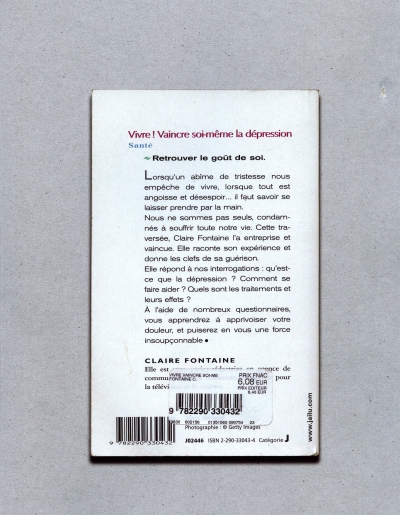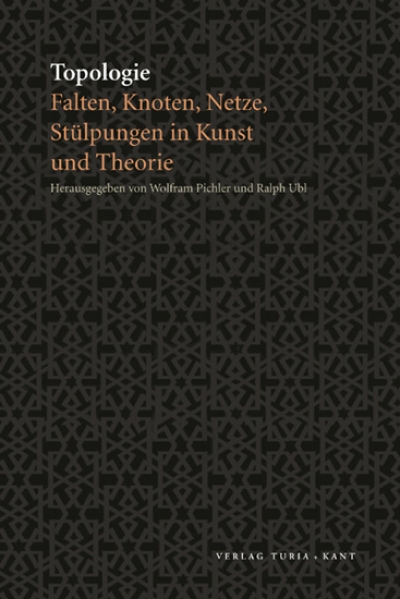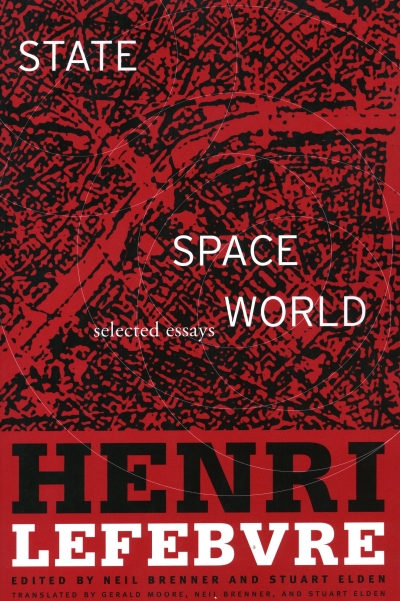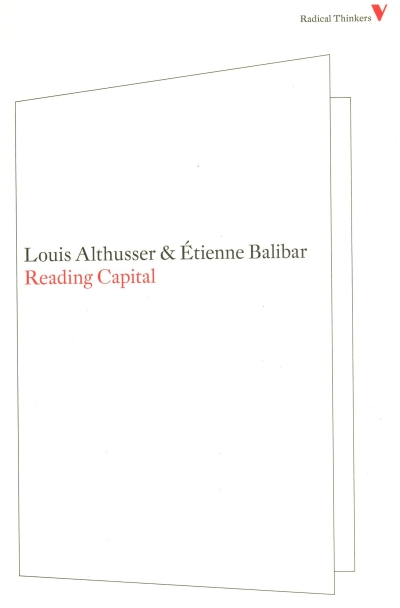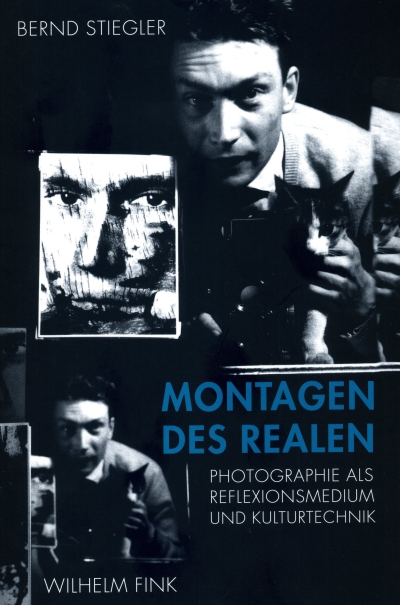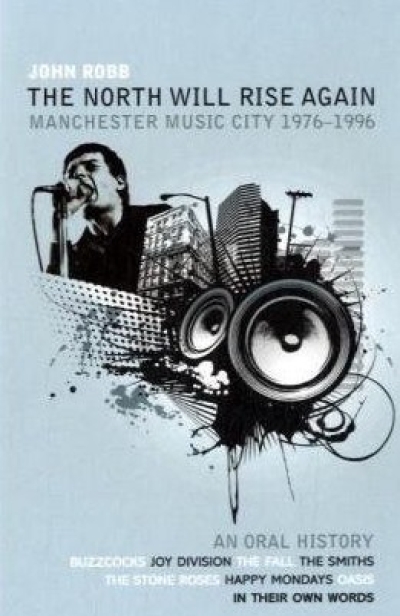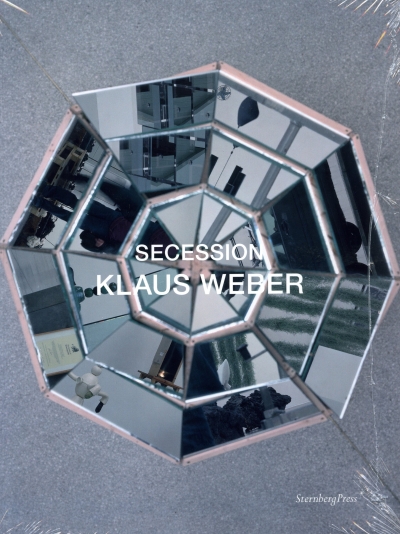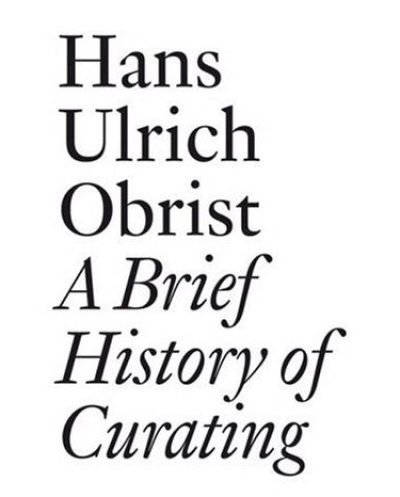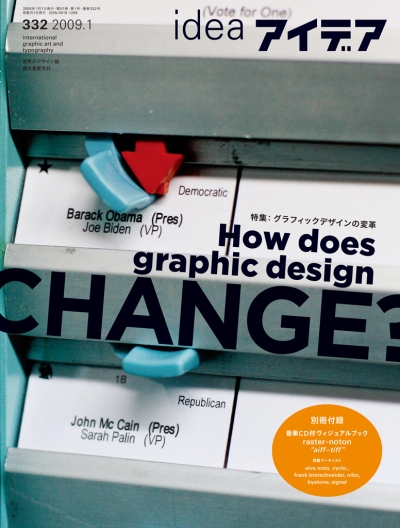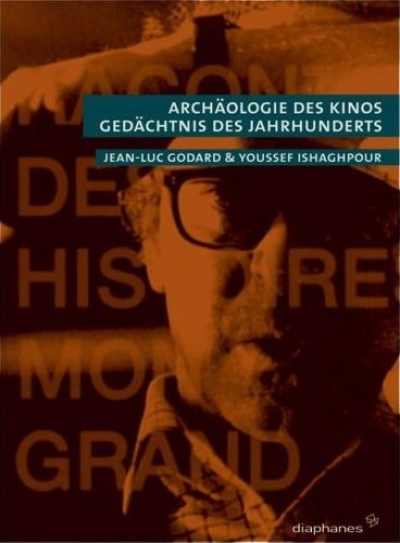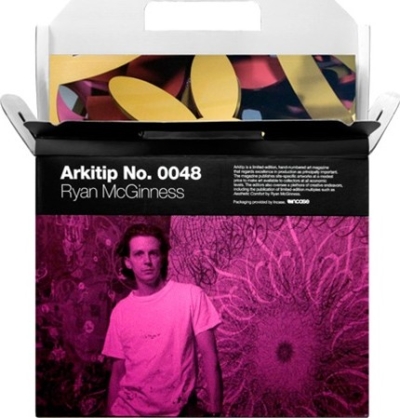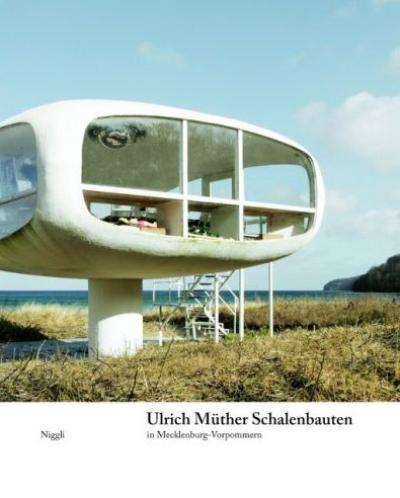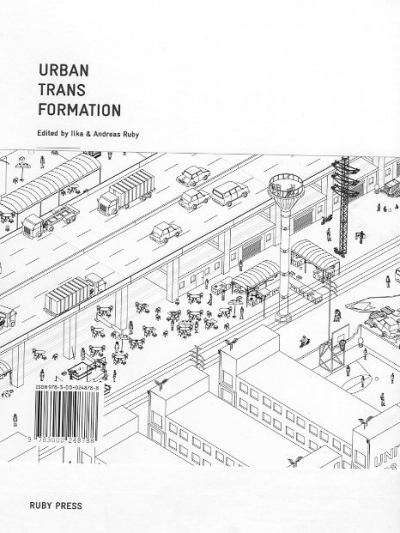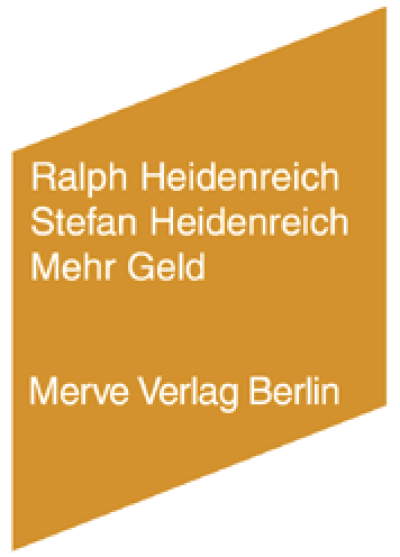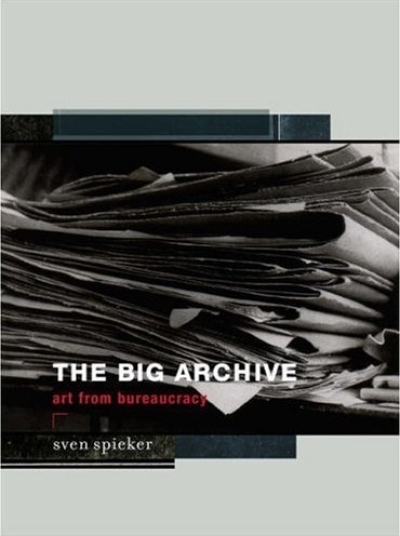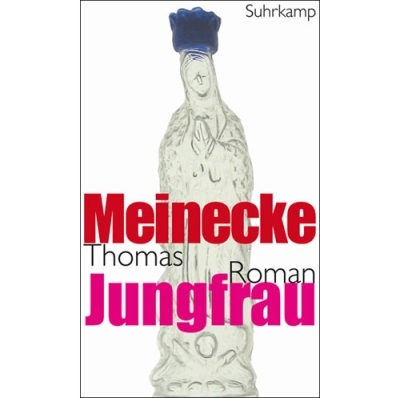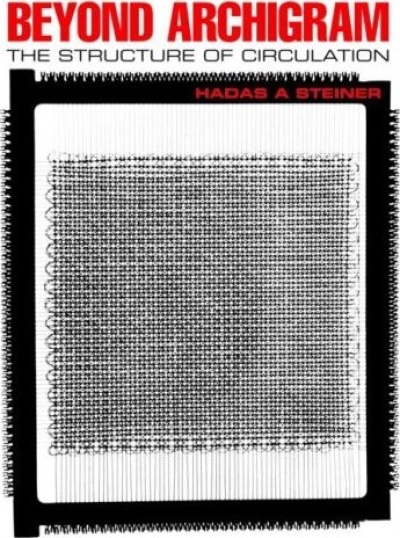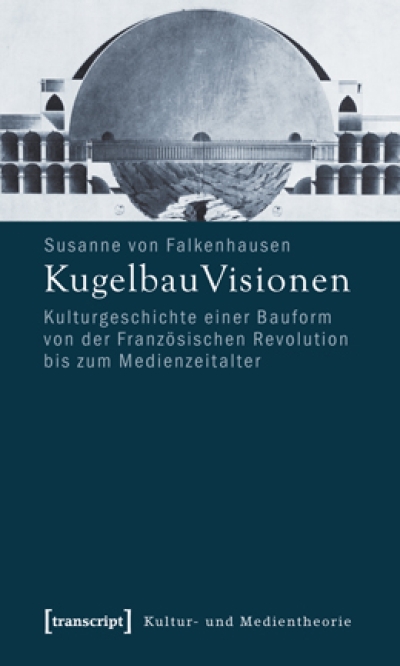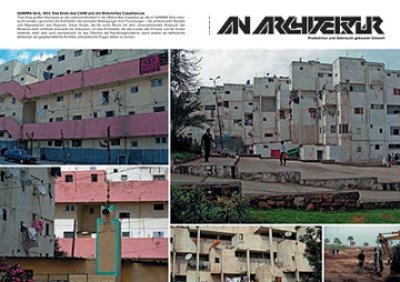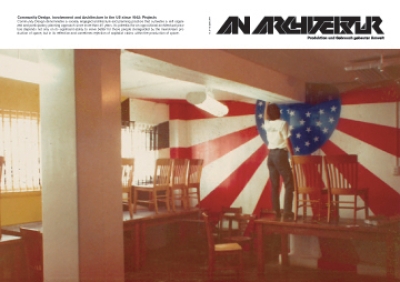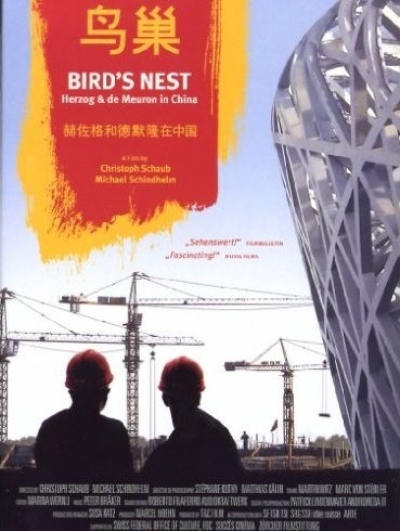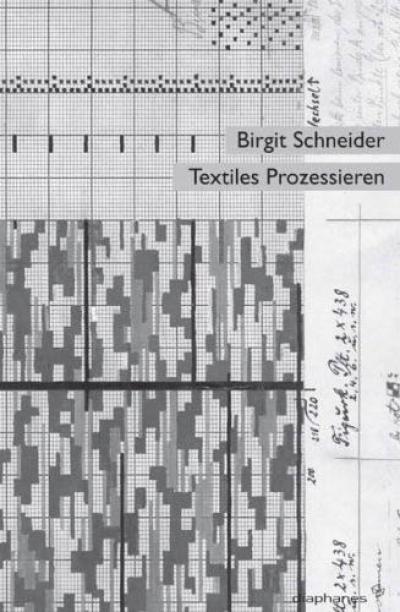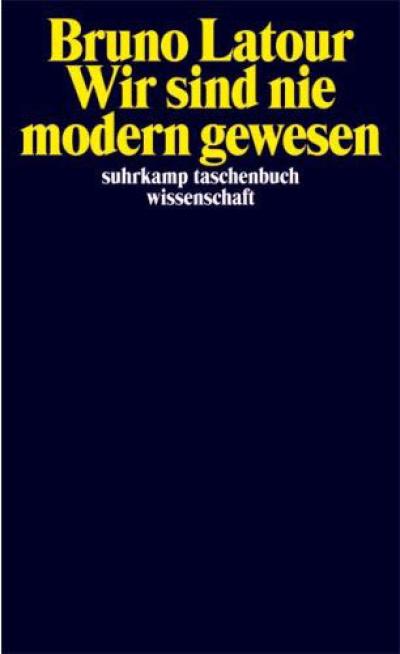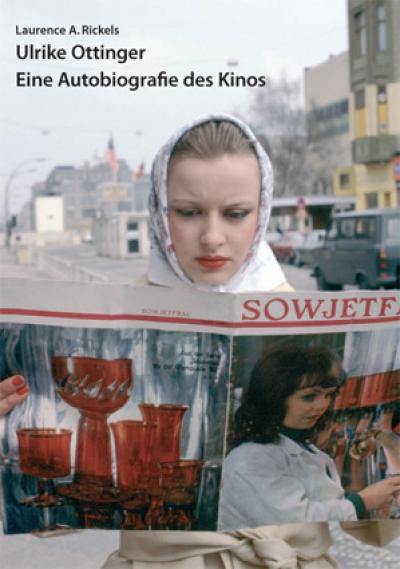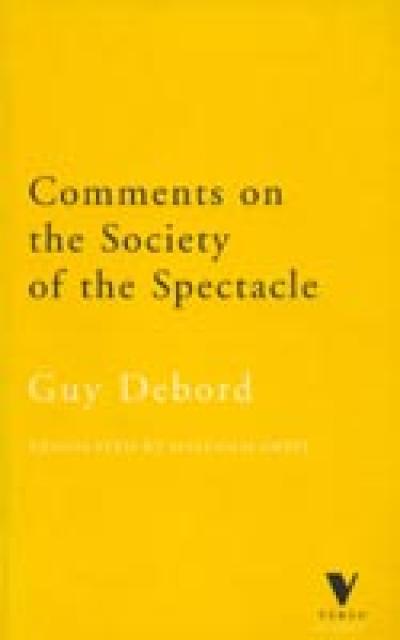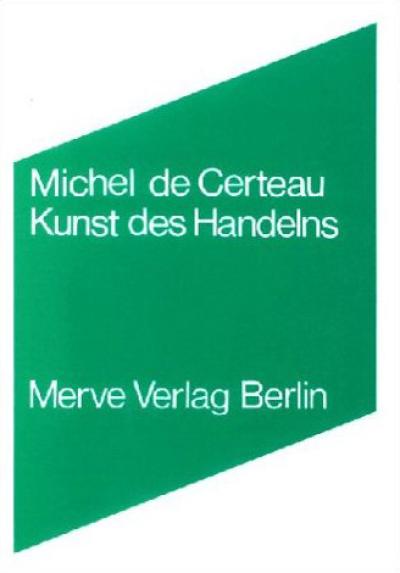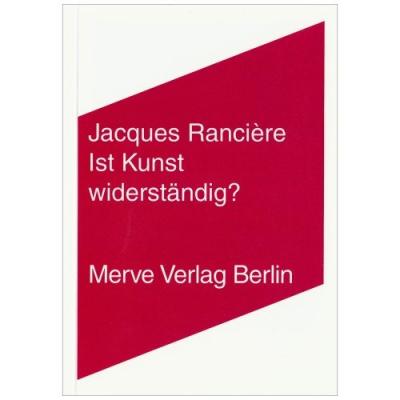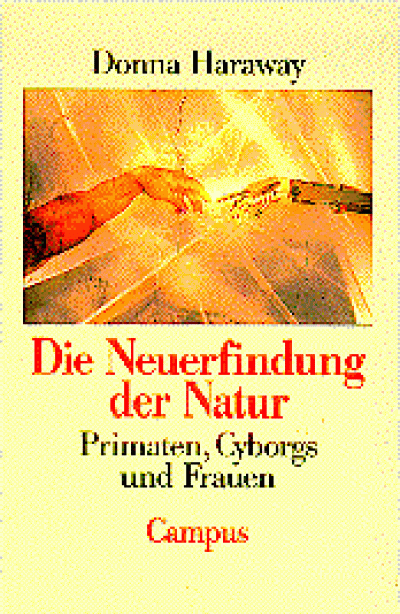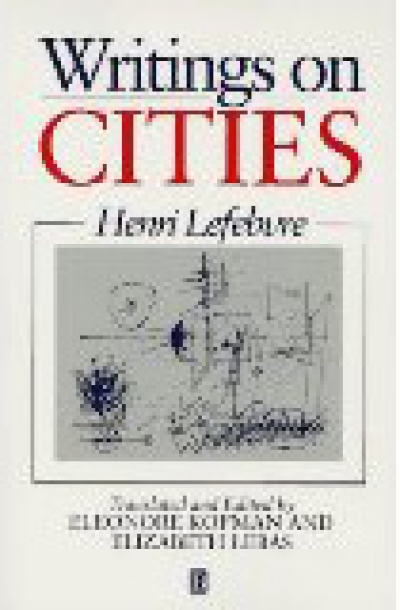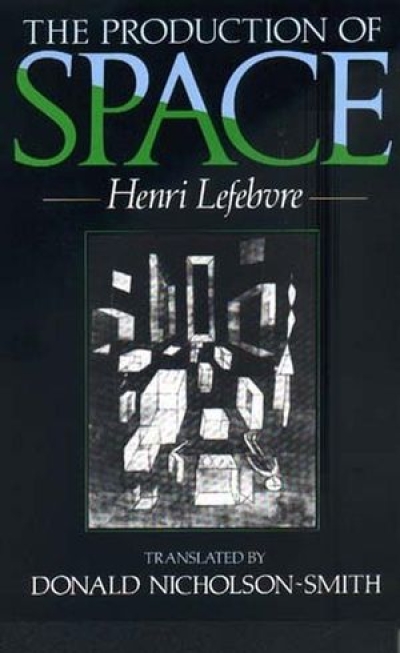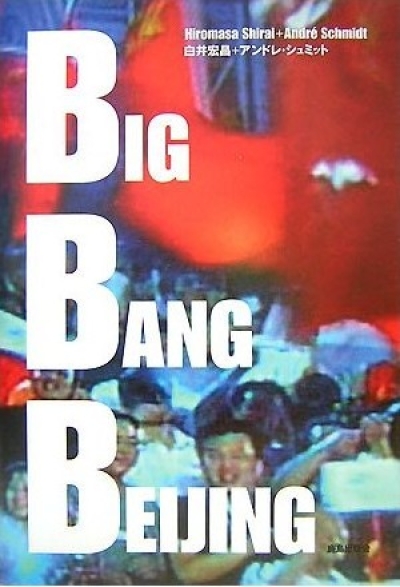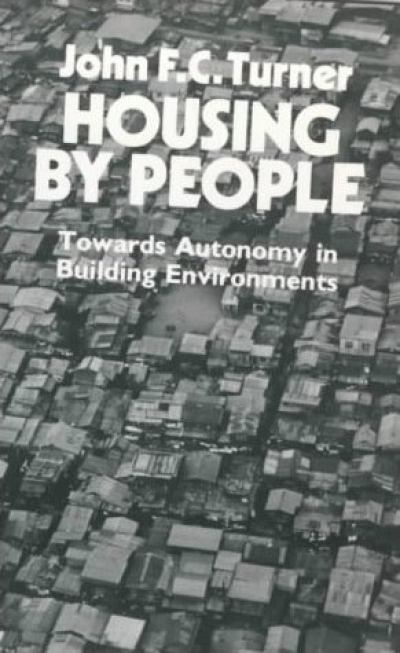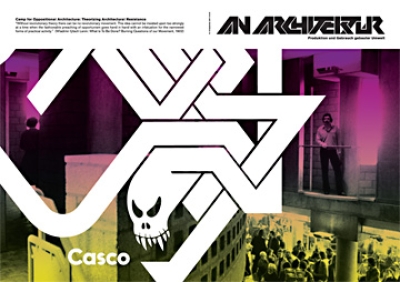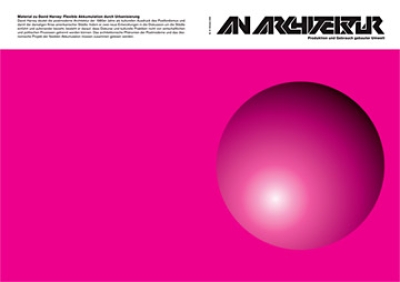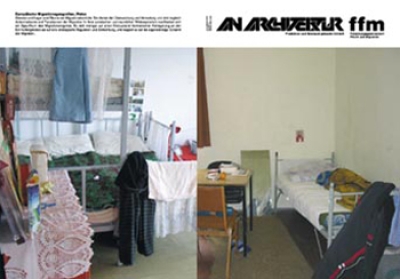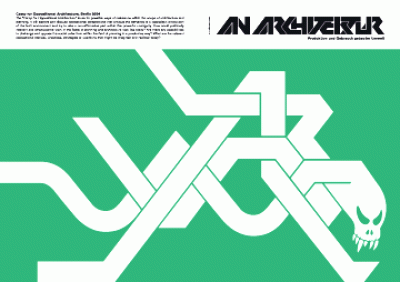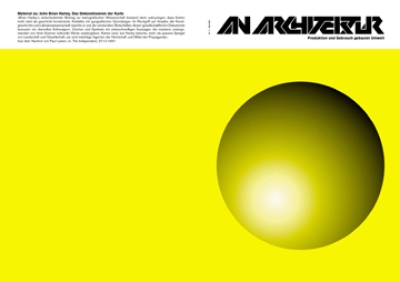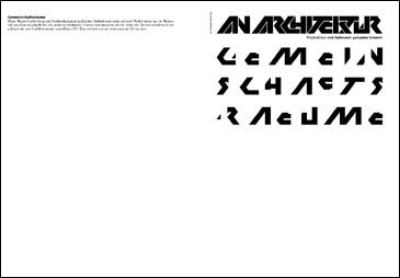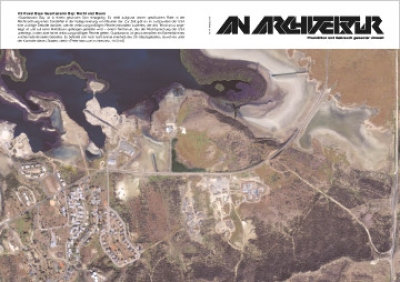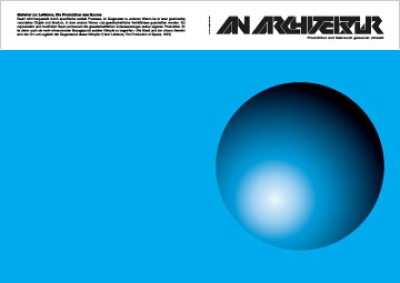
X-Ray Architecture
Diese Publikation untersucht die Auswirkung des Diskurses um Medizin und diagnostische Technologien auf die Entstehung, Darstellung und Wahrnehmung der modernen Architektur. Sie stellt das gängige Verständnis der modernen Architektur mit der These in Frage, dass die Architektur des frühen 20. Jahrhunderts von den drängendsten medizinischen Themen der damaligen Zeit geprägt war: der Tuberkulose und deren wichtigstem Diagnoseverfahren, der Röntgenuntersuchung, englisch X-ray. Im architektonischen Diskurs wird das Gebäude von Anfang an mit dem menschlichen Körper assoziiert, dem medizinischen Körper, der von jedem neuen Gesundheitskonzept wiederaufgebaut wird. Moderne Architekten präsentierten ihre Architektur als ein gesundheitsförderndes Instrument, eine Art medizinisches Gerät für den Schutz und die Optimierung des Körpers. Die Röntgentechnologie und die moderne Architektur entstanden und entwickelten sich parallel. Während die Röntgendiagnostik das Innere des Körpers enthüllte, stellte das moderne Gebäude sein Inneres zur Schau und machte das Private öffentlich. Wenn wir über den aktuellen Stand der Technik bei Gebäuden sprechen wollen, sollen wir laut Colomina die dominanten Krankheitsthemen und die neuesten Verfahren zur Abbildung des Körpers betrachten und uns dabei fragen, welche Auswirkungen diese haben könnten auf die Art und Weise, wie wir Architektur begreifen.
X-Ray Architecture explores the enormous impact of medical discourse and imaging technologies on the formation, representation and reception of twentieth-century architecture. It challenges the normal understanding of modern architecture by proposing that it was shaped by the dominant medical obsession of its time: tuberculosis and its primary diagnostic tool, the X-ray.
Modern architecture and the X-ray were born around the same time and evolved in parallel. While the X-ray exposed the inside of the body to the public eye, the modern building unveiled its interior, dramatically inverting the relationship between private and public. Architects presented their buildings as a kind of medical instrument for protecting and enhancing the body and psyche.
Beatriz Colomina traces the psychopathologies of twentieth-century architecture—from the trauma of tuberculosis to more recent disorders such as burn-out syndrome and ADHD—and the huge transformations of privacy and publicity instigated by diagnostic tools from X-Rays to MRIs and beyond. She suggests that if we want to talk about the state of architecture today, we should look to the dominant obsessions with illness and the latest techniques of imaging the body—and ask what effects they have on the way we conceive architecture.
